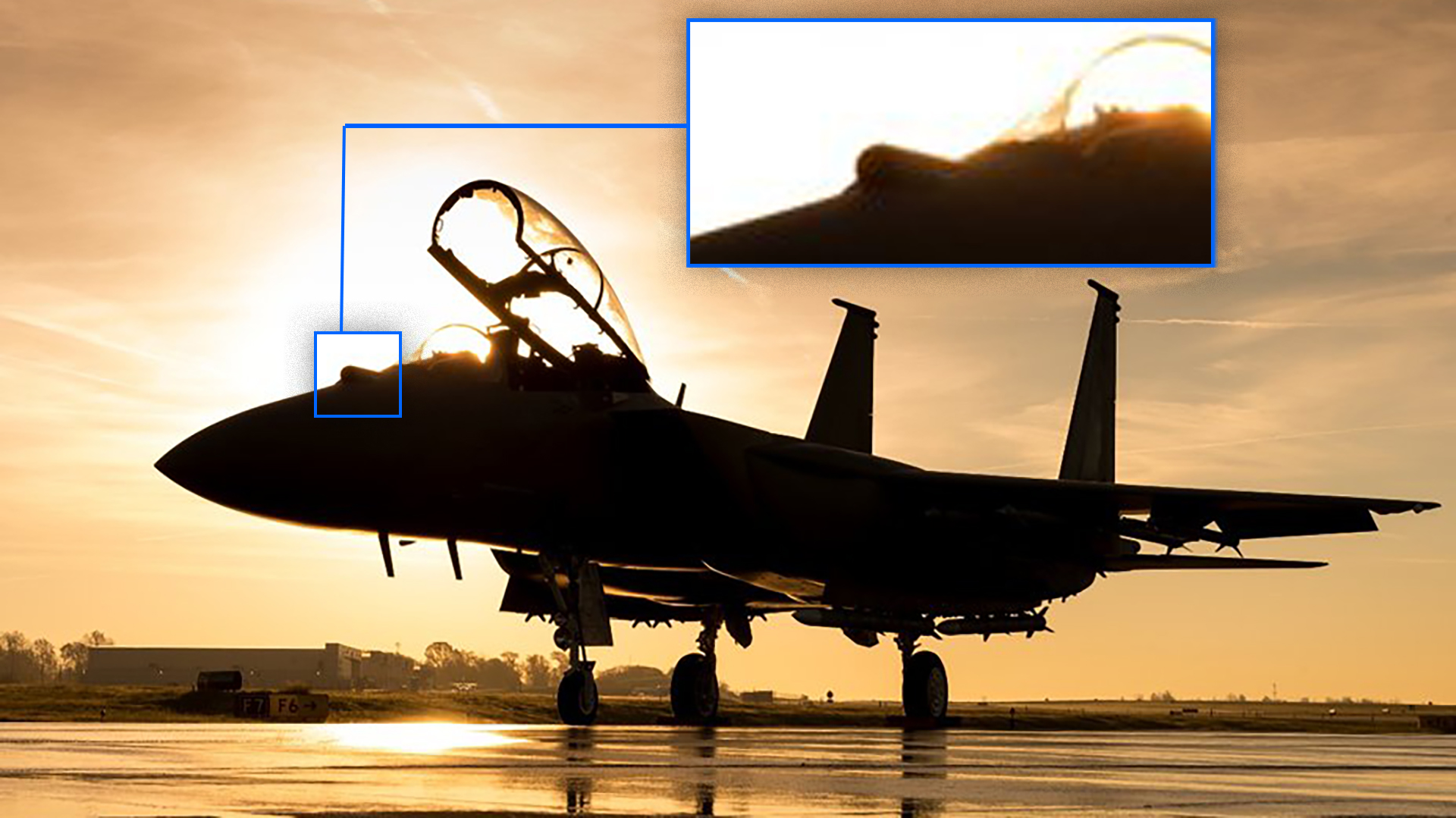A new photo published by Boeing shows one of its F-15 Advanced Eagle series fighters fitted with what looks like a previously unseen infrared search and track (IRST) sensor ahead of the cockpit. While F-15s already use IRST sensors in service, so far, operational IRSTs have been limited to pods and pylon-installed types. An internal version installed atop the nose would offer several key advantages.
The photo in question was recently published by Boeing on the social media site X. It was not captioned but was presented to illustrate a media release concerning a contract awarded to Boeing’s subsidiary, Tapestry Solutions. The contract will provide the Air Force with mission-planning software solutions for a variety of combat aircraft types, including the F-15.
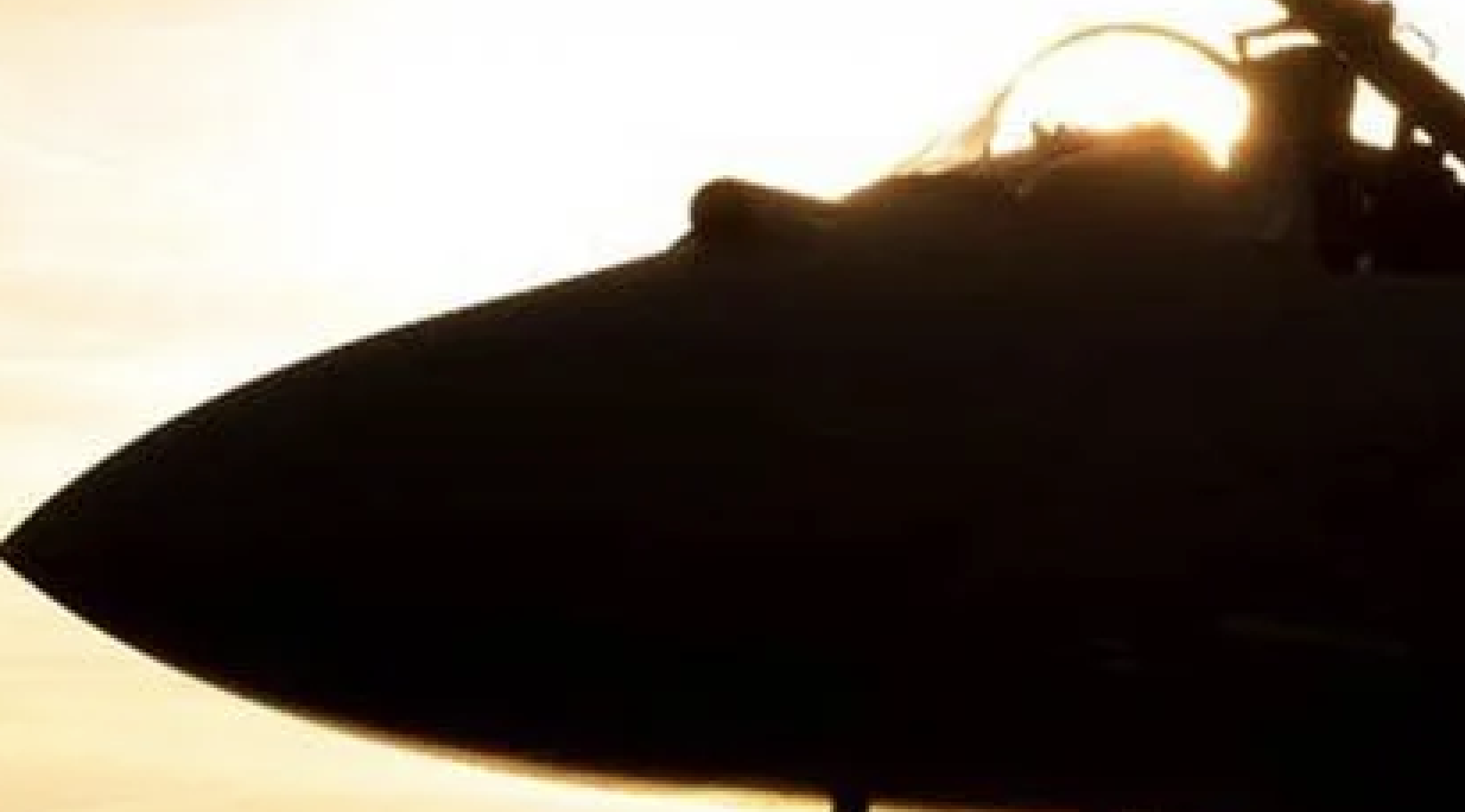
The F-15 in the photo is fully in shadow but has the various hallmarks of one of Boeing’s F-15 Advanced Eagle fighters, although it’s not immediately clear which particular variant it is or whether it’s a company testbed, which would seem most likely.
However, the most notable visible feature of the aircraft is the small fairing ahead of the windshield, which is almost certainly an IRST sensor.
At the same time, there’s no way to know whether the fairing is a real-life IRST sensor that was fitted for testing of some kind or whether it’s a mock-up of a possible sensor housing. Boeing has responded to our inquiry and confirmed it is indeed real and not a Photoshop representation.
At the very least, it would indicate that Boeing has been looking at the possibility of installing this kind of technology directly in its latest F-15 variants.
As noted earlier, operational F-15s of different flavors have been fitted with IRSTs before, but not in this location.
Derived from the AN/AAS-42 supplied for the F-14D Tomcat, an IRST known as Tiger Eyes is installed on some of the more modern Strike Eagle export models, including Singapore’s F-15SG and South Korea’s F-15K, being housed inside the left-hand intake pylon that carries the aircraft’s targeting pod. Tiger Eyes is also installed in export versions of the F-15 Advanced Eagle, namely Saudi Arabia’s F-15SA and Qatar’s F-15QA.
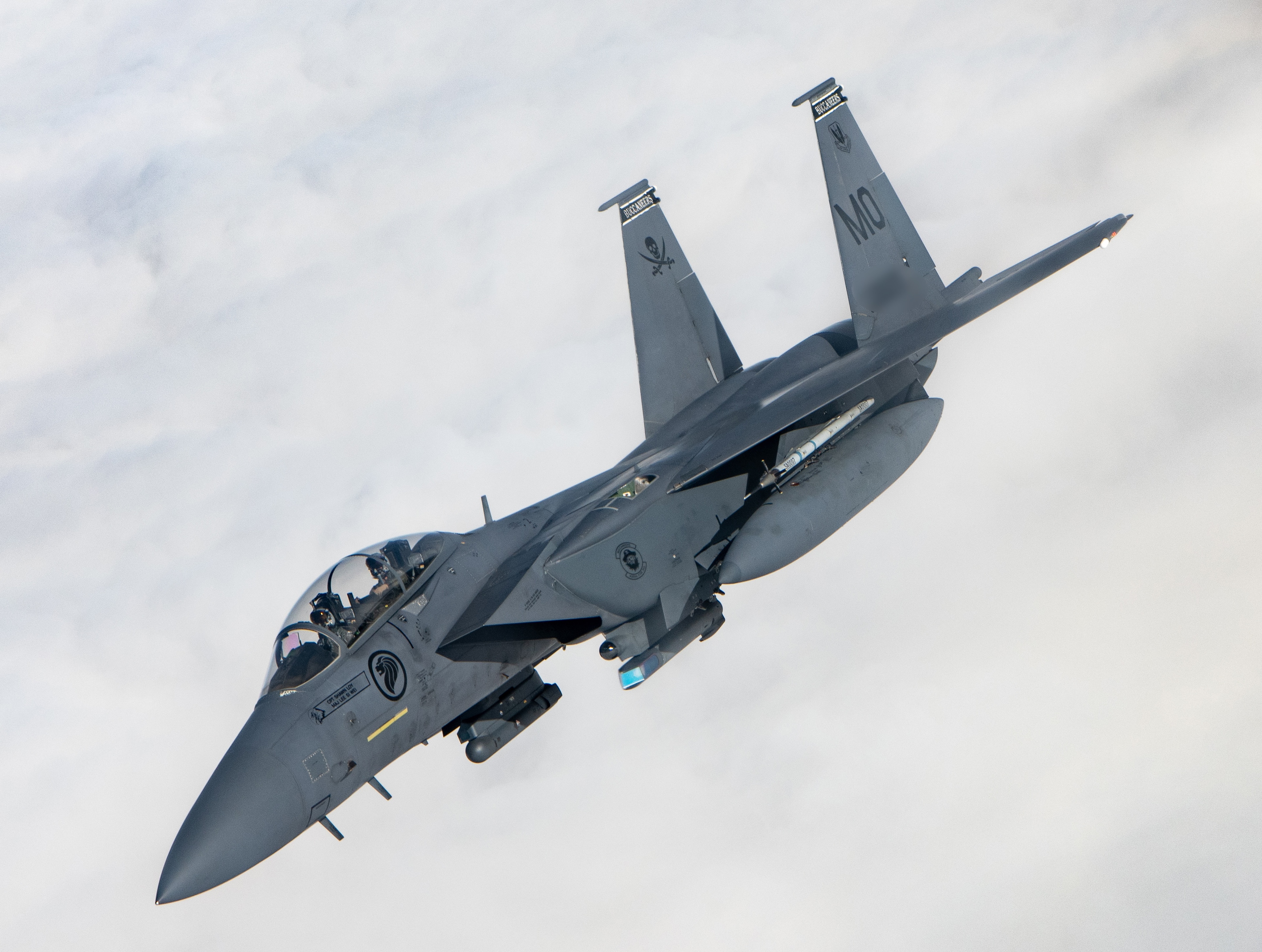
Also developed from the AN/AAS-42 is the AN/ASG-34, the sensor at the heart of the IRST21 system used in Lockheed Martin’s Legion Pod. You can read much more about the IRST21, its predecessors, and the capabilities IRST sensors offer in general, here.
As for the Legion Pod, this is used on U.S. Air Force F-15C ‘legacy’ Eagles and is also part of the sensor suite on the newer F-15EX Eagle II. The pod is carried on the centerline station below the fuselage.
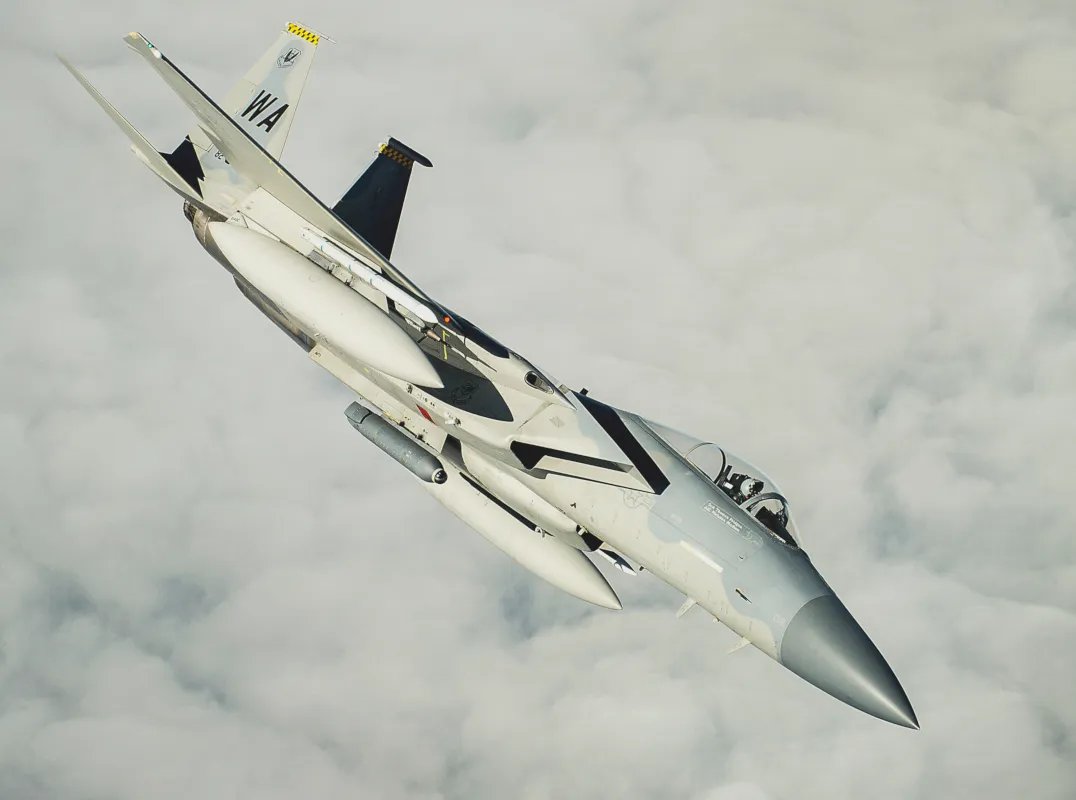
In June last year, the Air Force explained to TWZ that the Legion Pod was being evaluated on the F-15EX, with a plan to employ the system immediately after the jet entered Air National Guard squadron service.
“Legion is a sensor that operates in a different wave band to the radar,” explained Maj. Aaron “Kamikazze” Eshkenazi, an F-15EX pilot assigned to the 85th Test and Evaluation Squadron (TES) “Skulls” at Eglin Air Force Base, Florida. “It is long-wave infrared that helps you detect platforms outside of the X-band, which is typically where the radar is detecting. The F-15C units are already using Legion, and so the intent is to ensure that the F-15EX is able to carry and use that same pod.”
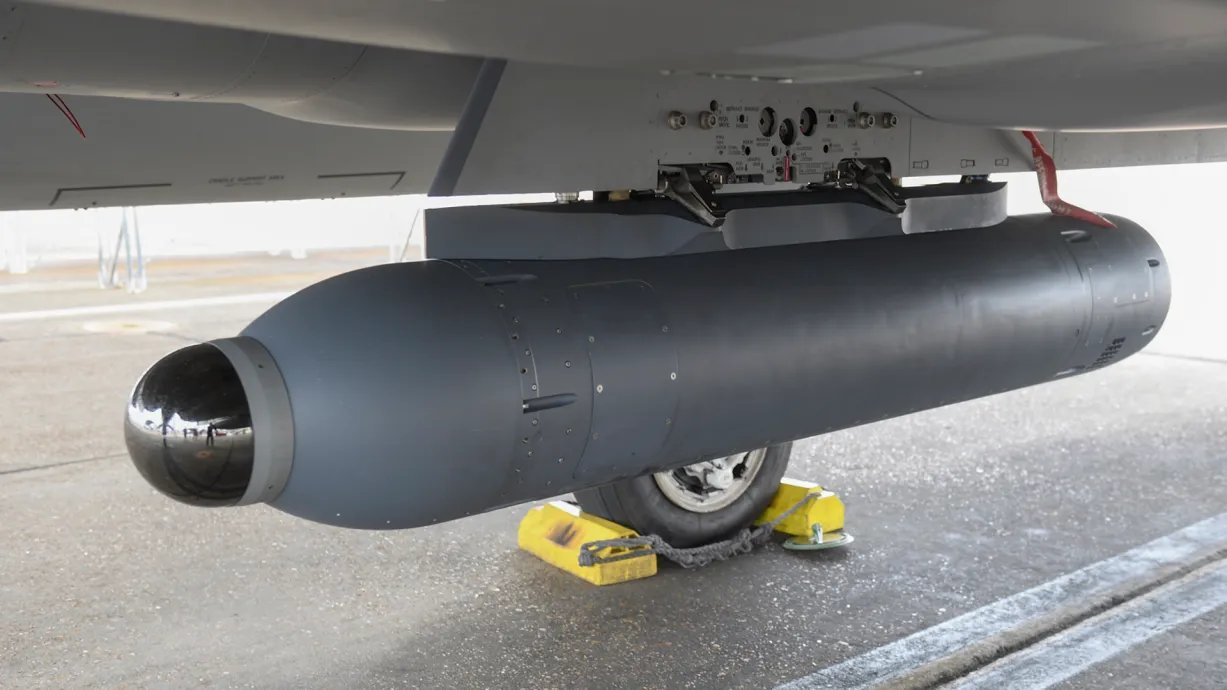
In fact, there has been at least one previous effort to field a nose-mounted IRST on an F-15. This was a Japanese effort that led to the installation of an IRST on at least one F-15J, on an experimental basis.
Eventually, the IRST was removed from Japan’s F-15J upgrade program, which is now known as the Japan Super Interceptor (JSI).
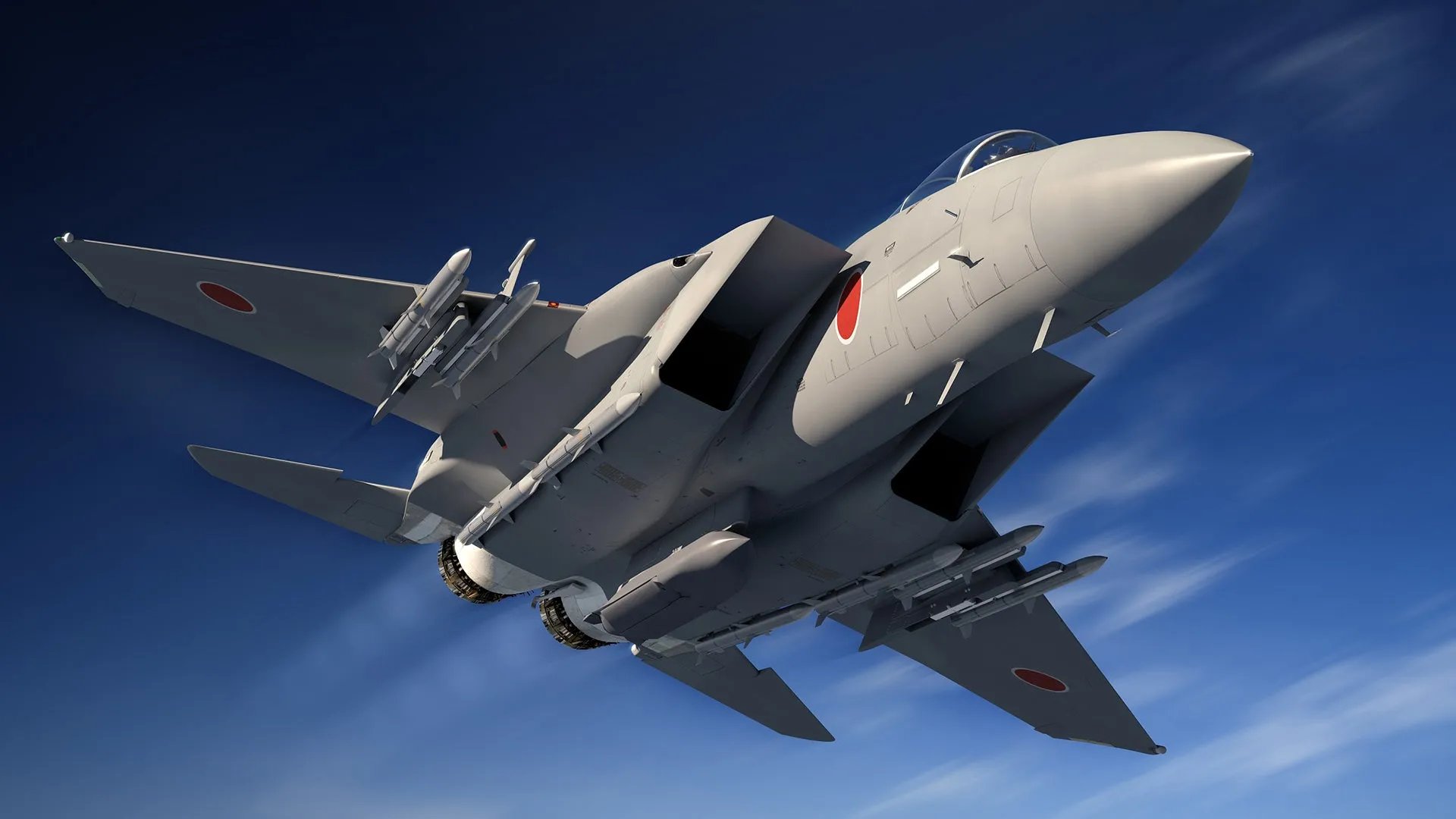
It’s also worth considering the possibility, far less likely, bordering on remote, that the sensor is something similar to the AN/AAQ-32 Internal FLIR Targeting System (IFTS) found on the United Arab Emirates F-16E/F Desert Falcon. This unique infrared targeting and navigation suite includes a FLIR system ahead of the windscreen that provides a video feed into the F-16E/F pilot’s head-up display, and it can also be shown on the displays in the rear cockpit of the F-model. It provides a superior forward view at night and in poor weather. The F-15 already has a similar option to IFTS available in the form of its AN/AAQ-13 LANTIRN navigation pod.
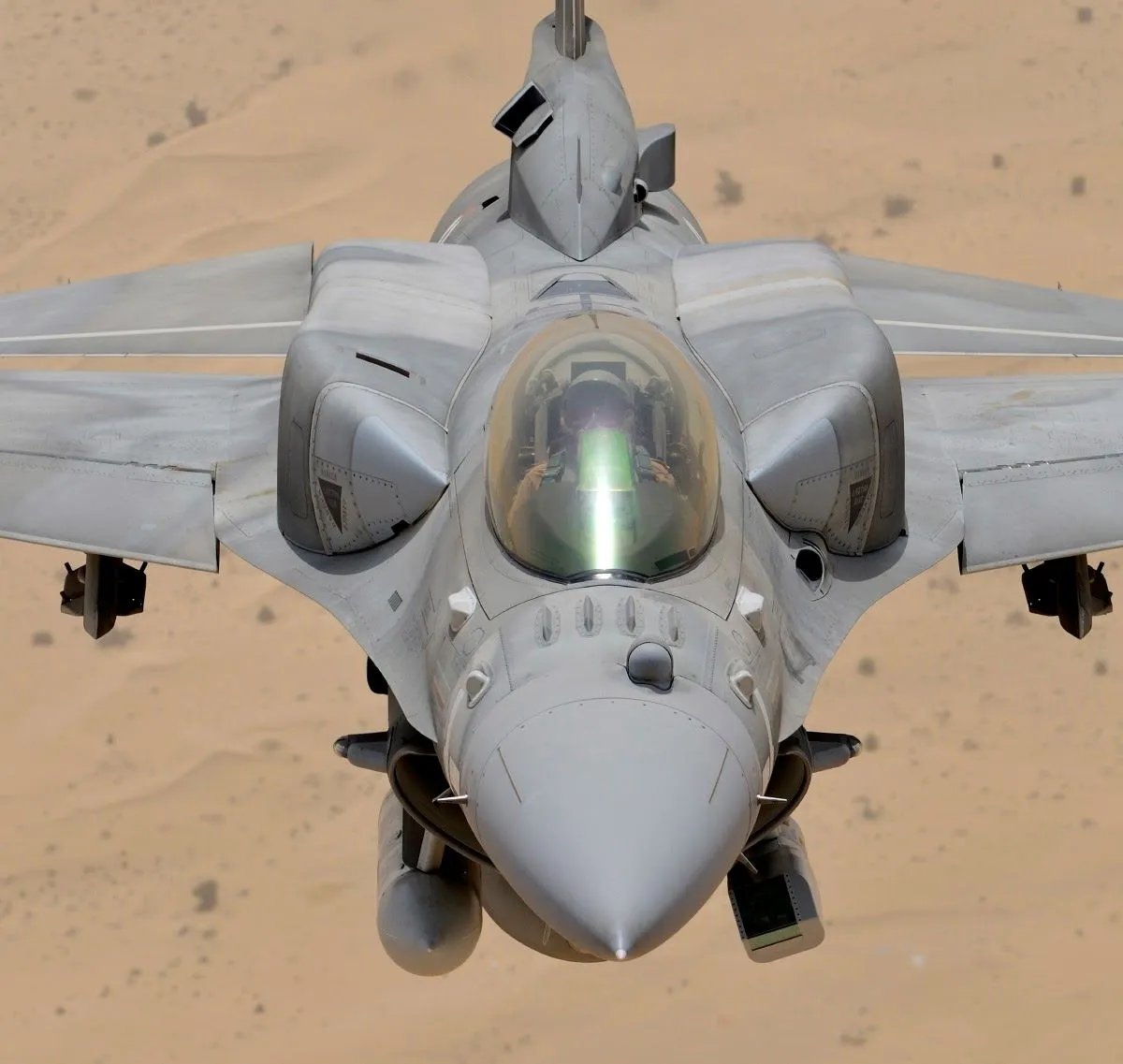
In general, an IRST provides a pilot with an important, additional way to detect and track other aircraft at significant ranges.
Significantly, the IRST offers an alternative to the radar in electronic warfare-heavy (jamming) combat environments, and since it depends on the hostile aircraft’s infrared signature alone, it is unaffected by radar-evading design features on stealth aircraft.
Furthermore, the IRST is able to spot, track, and help engage aircraft entirely passively. This eliminates the chance of alerting potential opponents that they’ve been detected, unlike radar, which can give away the attacking aircraft’s presence and even its location.
In practical terms, an IRST allows the pilot to quickly spot and track multiple targets at far beyond visual range. It also provides actual targeting information so the pilot can engage threats using the IRST for targeting alone or in conjunction with other sensors, especially the radar, which offers important advantages.
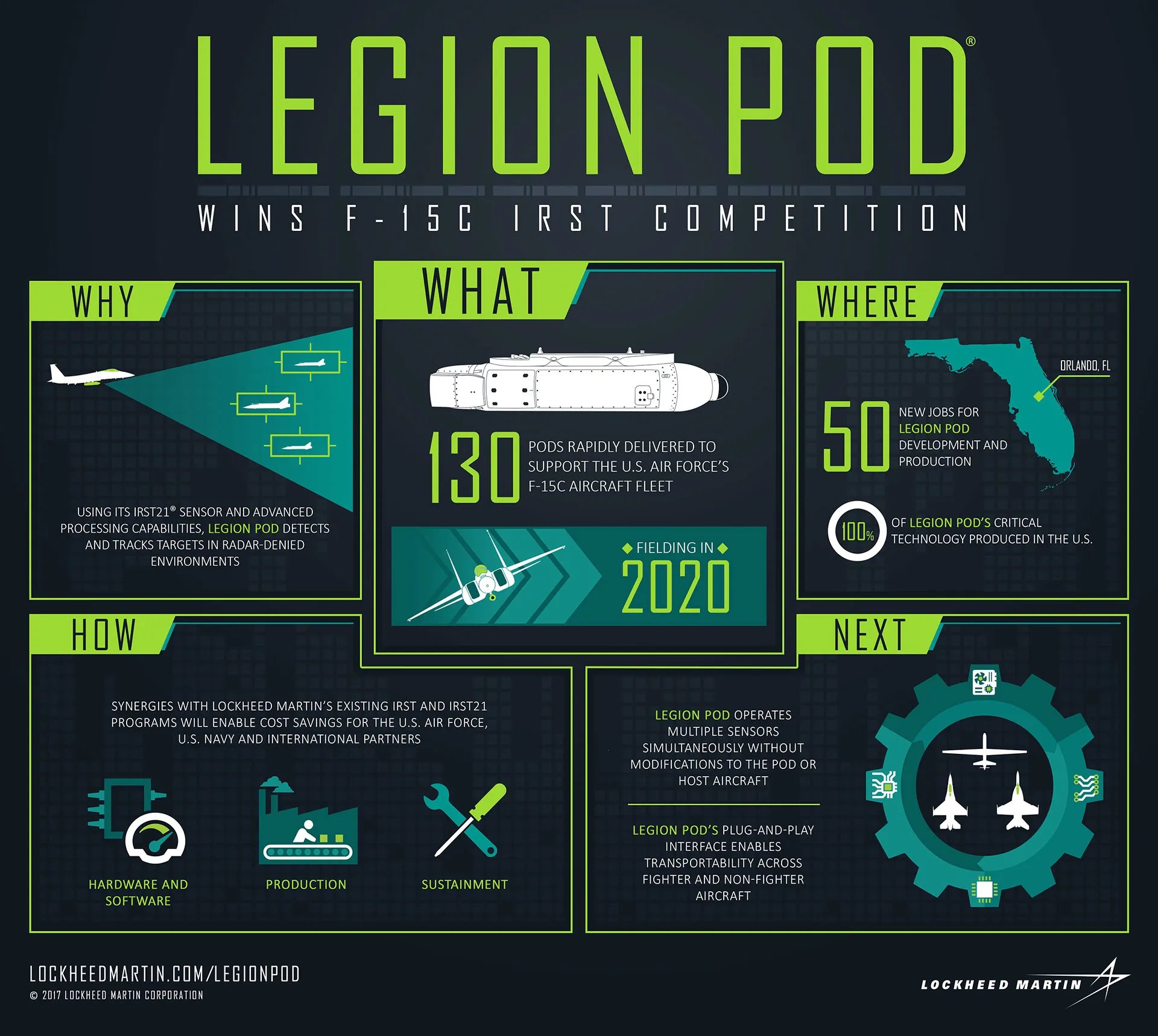
So far, however, production IRST sensors for F-15s are installed below the fuselage, either on a pylon or, in the case of Tiger Eyes, embedded in a pylon.
While this kind of attachment is easier to integrate, it does have significant disadvantages, especially in terms of the field of regard.
Simply put, having an IRST positioned on the top of the nose means it is much better able to look up, tracking threats above the F-15. This is of particular importance for higher-flying targets. At the same time, a sensor in this position also has a good field of view down and to either side, aided by the slope of the nose. Sensors below the jet do have some limitations due to being blocked by the aircraft’s structure. While not as much of an issue for targets at long ranges, it is still a limitation.
Additionally, having an integrally mounted IRST, wherever it may be located on the airframe, frees up an additional stores hardpoint when compared with the Legion Pod. This is of notable importance when magazine depth is at a premium — the ability of an aircraft to carry a considerable number of external weapons, something the F-15EX, in particular, is prized for. More so, it’s important for retaining the ability to carry a centerline fuel tank, which is a popular combat configuration for air superiority-tasked F-15s. It also means the jet would not need to carry its dedicated targeting pod pylon to accommodate the Tiger Eyes option.
The big question is whether this apparent program was aimed at meeting a potential U.S. Air Force requirement or if it was geared toward export-oriented Advanced Eagles. With growing interest in IRST sensors, there are a variety of possibilities when it comes to Eagle operators who might be interested in such a product. At the same time, it appears that the Advanced Eagle in the photo has Missile Approach Warning System (MAWS) sensors, which are notably absent from the U.S. Air Force F-15EX. Advanced Eagles are still being ordered by foreign customers, most recently by Israel, which signed up for 25 F-15IA versions last November.
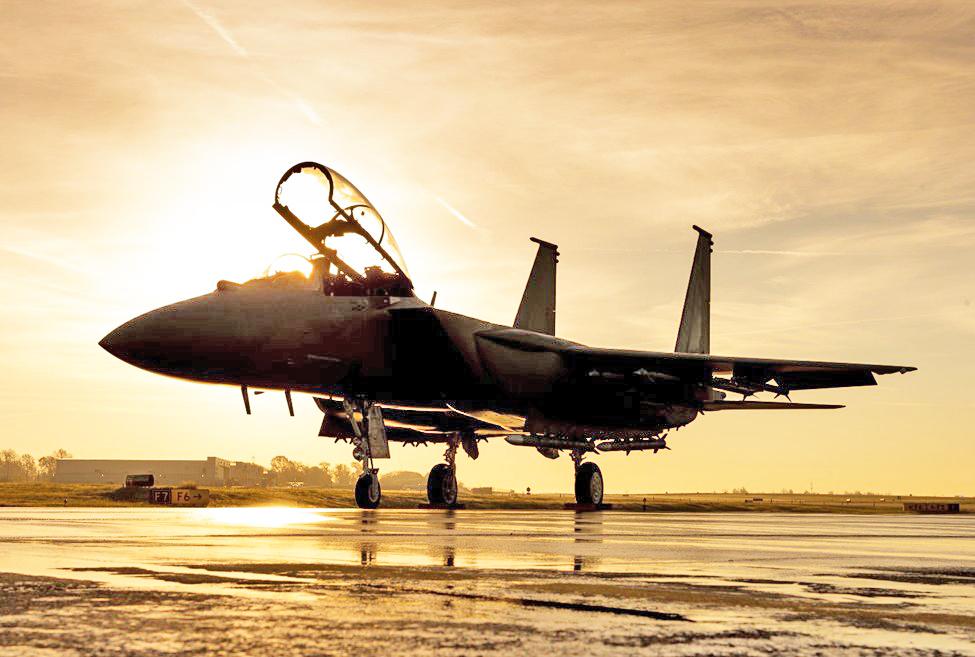
Once again, at this early stage, we don’t know exactly why Boeing might have put an IRST — or a mock-up of one — on one of its F-15 Advanced Eagles. While we have asked Boeing for more information, there is no doubt that compelling arguments do exist for just such a feature.
Update, February 28:
Since publishing this article, Boeing has confirmed to TWZ that the photo in question is a stock/older image and that the nose-mounted IRST is not a current area of activity.
Contact the author: thomas@thewarzone.com
